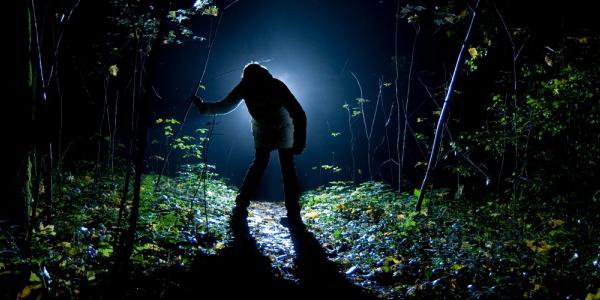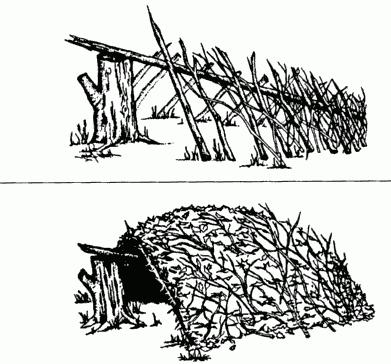Most of humanity is accustomed to the benefits of civilization. People move in cars, live in relatively comfortable homes, use electricity, purified water, air conditioning. And those of them who occasionally spend weekends in nature do not travel far. They go mainly to familiar places from where you can get home quickly. There are, of course, enthusiasts, as well as those who, on duty, study the autonomous existence of man in nature, but their number is small. There are even those who are specifically engaged in attempts to survive in the wild, are preparing for a global catastrophe, but society treats them, to put it mildly, as people with oddities.

But knowing the basic principles of survival will not stop not only mushroom pickers or those who like to go camping for a few days, but also a simple homebody. After all, sooner or later a situation may arise when the homebody will be in the forest alone or with another, and you need to go back. It is especially important to know the principles of survival for people living near large forests, for example, near the taiga. Survival in the taiga is quite possible if you can at least slightly orient yourself in the area in any way, be able to distinguish edible plants, know how to make a fire or build a temporary shelter.
As a rule, an inexperienced person who fell into the taiga and got lost in it begins to panic. This is a normal reaction - fear of the unknown. First of all, you need to calm down and not take rash actions. Then you need to start remembering the road along which they moved. Although in most cases this is practically impossible.
Survival in the taiga involves the ability to navigate the terrain. You can navigate by the sun, by the stars and the moon, by the compass, by the map, by local signs. The ideal situation is when there is a map or compass, or at least only a compass. If there is no map or compass, it is easiest to navigate through the celestial bodies.
Only after a direction has been determined can movement begin. An important role in such a thing as survival in the taiga is played by the mode of transportation. It is necessary to create as little noise as possible, while listening to every rustle. Through the fallen logs you need to step over. It should be remembered that in the evening or at night, audibility is always increased. In the marshland you need to move with a long pole. It is necessary to hold the pole horizontally, at chest level. The long pole must be used when crossing the river. Rivers in the taiga with a very strong current, so it is necessary to cross the river fording in a pinch.

Fishing in the taiga, as well as the collection of edible plants, and the device of an overnight stay, will help to survive on those days while the search operation will take place. But fishing is only possible in lakes, rivers or streams. Therefore, if you had to stay in the taiga for the night, you need to equip yourself with a kind of rookery and make a fire. While the fire is burning, the wild animals in the area dare not come close. A hut or a canopy will be needed as a shelter from the weather.
If there is no way to navigate the terrain, but you can’t get back, after the panic attack has passed , you can do the following. If you have a mobile phone with you, you need to call (if there is a connection), report what happened and wait for the rescuers. If rescuers did not arrive before night, you need to equip a hut and wait for the morning.
Further survival in the taiga is as follows. You need to find a small log, in the forest this will not be a problem. And go along it in the direction of its expansion. Soon, he will move to a wider, then even wider, streams will appear. As soon as a stream or stream has met, you need to move with the flow until you meet a ford or a crossing. Through it, as a rule, is a forest road. This is where it is necessary to continue moving - it will certainly lead to some village or village. If the road becomes more deserted and overgrown as you move, you need to turn around and go the other way.